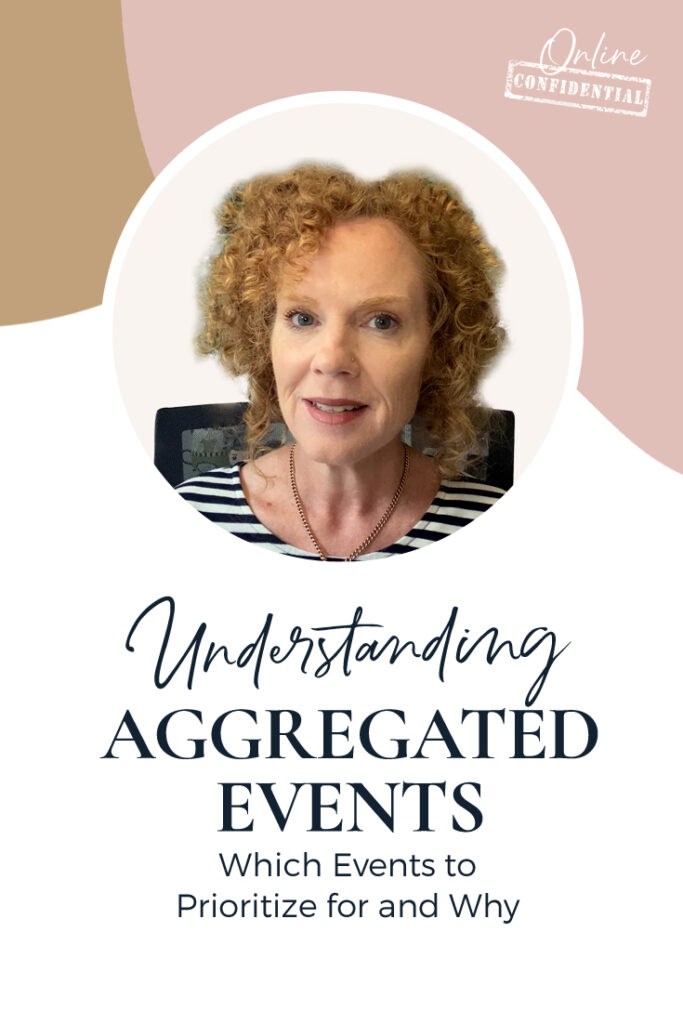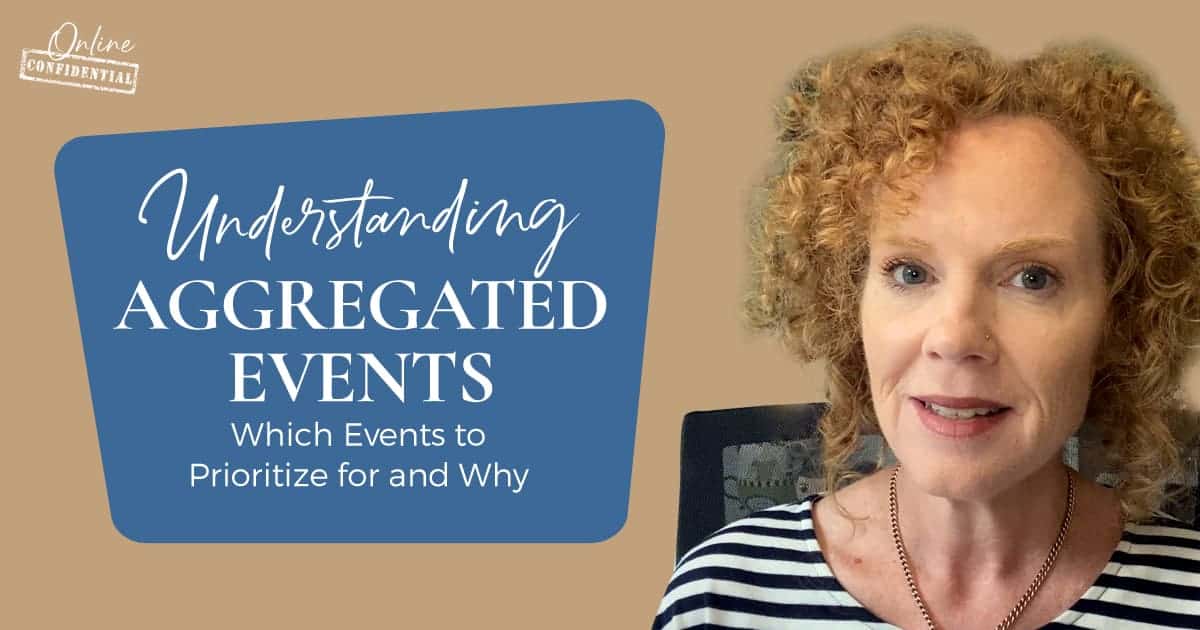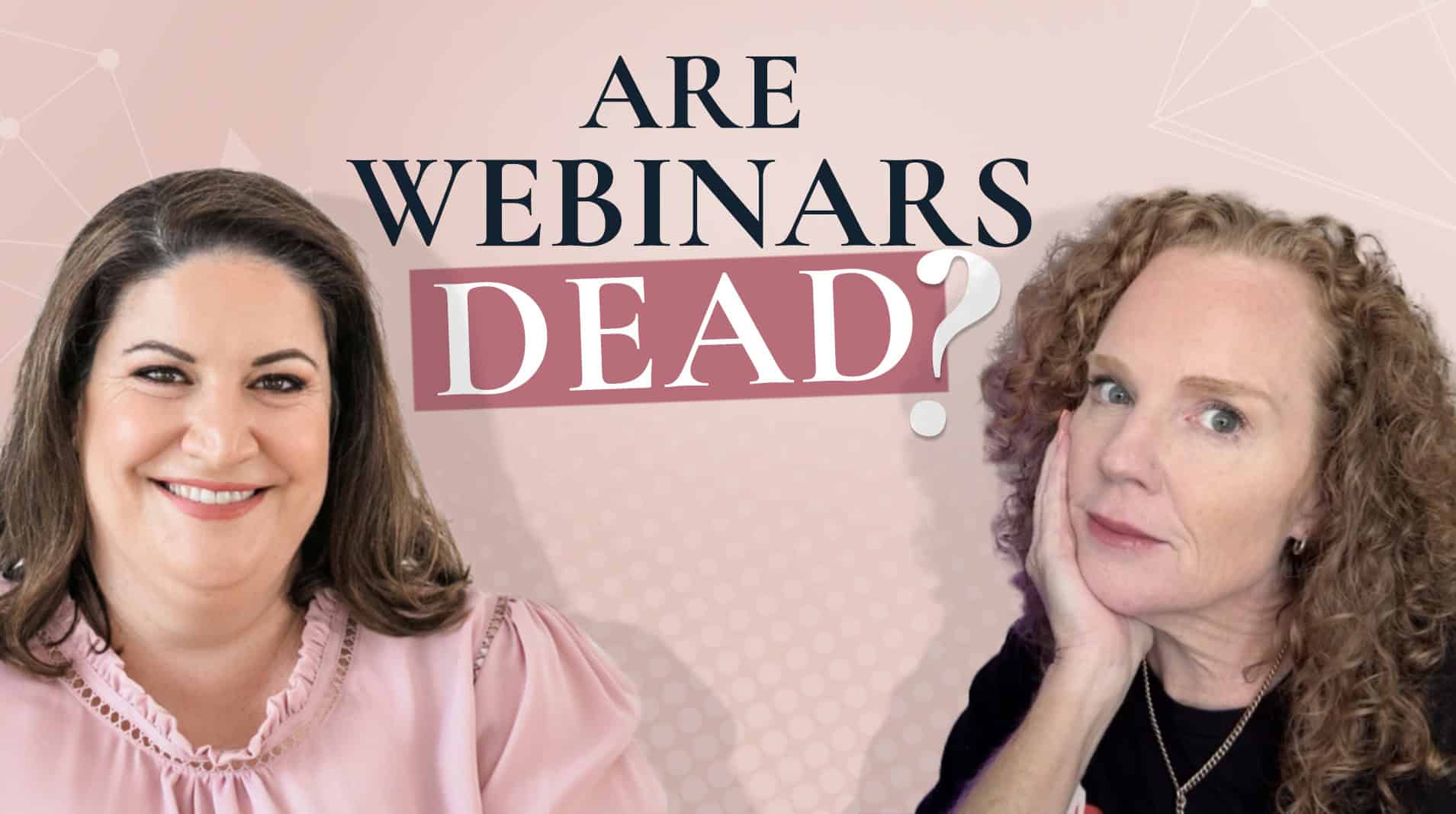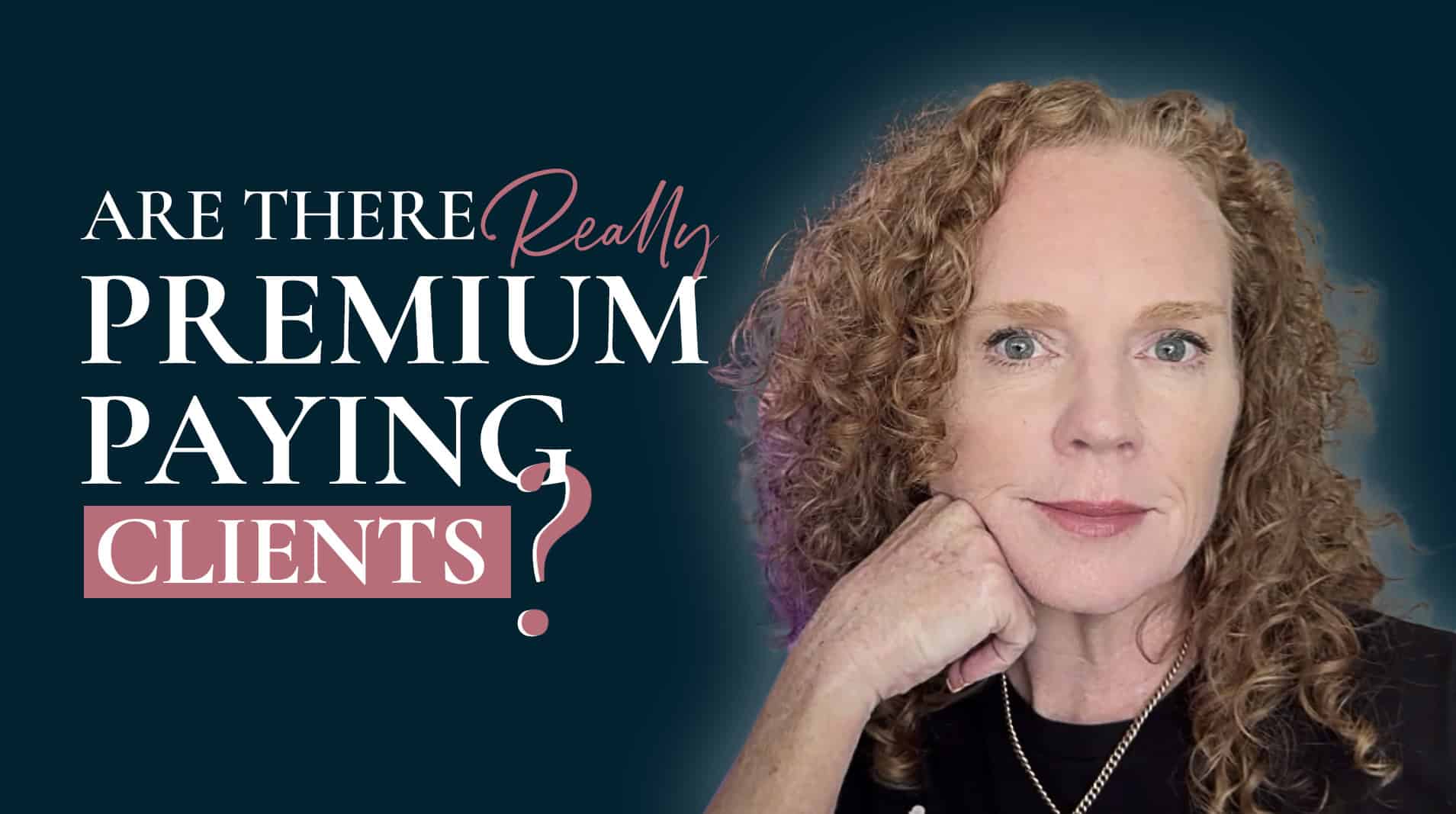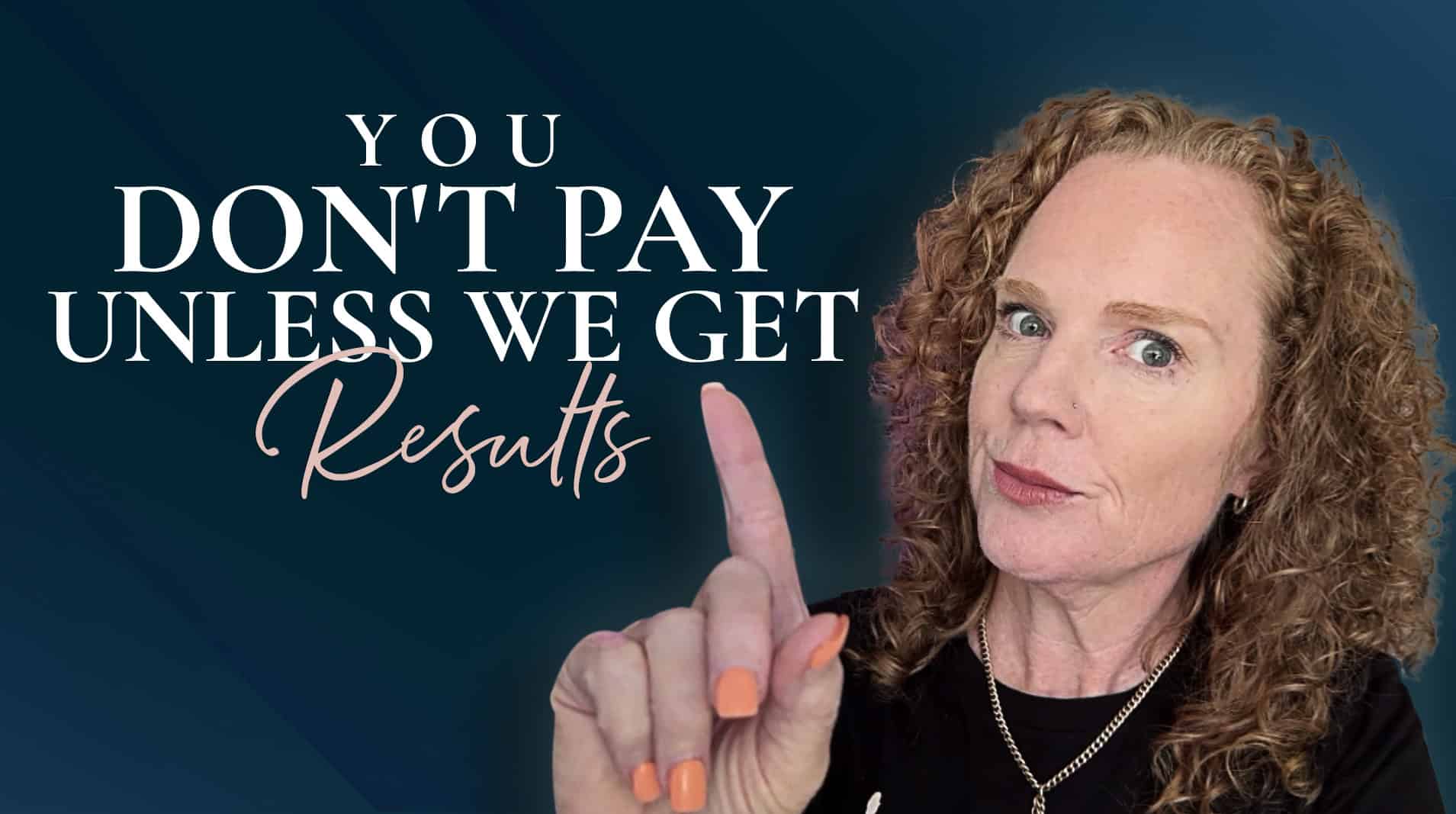Do you have Aggregated Event Management set up correctly? I’m diving into Aggregated Events and how to manage them the right way in this episode of Online Confidential, where I take you behind the scenes to talk about “Secret Ad Manager business”.
Aggregated Event Management came into effect with Apple’s iOS updates since iOS14 with the App Tracking Transparency (ATT) prompt. This prompt appears for people who have iPhones and iOS14 or later, and it asks whether they want to allow tracking by apps like Facebook, Instagram, and all apps. The majority, something like 90 percent of people are selecting to opt out of tracking.
Introducing Aggregated Events is how Facebook manages to get data from iPhones with iOS14 plus that have opted out of app tracking transparency so information can still be captured and passed back to Facebook or Meta.
Aggregated Event Manager tracks the highest prioritized aggregated events from conversion events like a ‘Purchase’ event which is the most valuable conversion event, and it’s likely to be the highest priority event in many ad campaigns.
How to set up Aggregated Events
Let’s take a step back with aggregated event management. Firstly, to be able to set up aggregated events the domain owned by the business manager needs to be verified. Once the domain is verified you can create the aggregated events. There are only eight aggregated events that can be prioritized with conversion events.
The prioritized aggregated events need to be set up in the business manager that belongs to the owner of the domain. So if you have partnered with a client and you’re trying to set up their aggregated events in your business manager, that’s not going to work. You need to be added as an admin to the client’s business manager because you can only set up up the aggregated events in the client’s business manager if you have that admin access.
Once you’ve done all the sharing of the pixels and assets to your business manager you’ll be able to set up and prioritize events in your client’s Aggregated Event Manager. Remember, the aggregated events have to be set up in the business manager that owns the domain.
Prioritizing Aggregated Events
As the admin of your client’s business manager head over to their Events Manager where you’ll find Aggregated Events Measurement. There are only eight aggregated events allowed based on conversion events and here you can prioritize the conversion events for the client’s ad account.
Typically, if you want to get sales then the ‘Purchase’ event will likely be number one, the highest priority event. You don’t need to fill all eight events. You may only have six events to prioritize or you may only have four events depending on the client’s funnels. You just need to set them up from the highest priority, the most valuable event down to the lowest priority event, which is still valuable.
If you’re managing ads, you might have number of funnels which require different conversion events.
You might have one funnel which is a lead generation campaign where people are just opting in and it would be optimised for ‘Leads’. So you want to have the conversion event for ‘Leads’ included in the aggregated events.
You may also have a webinar funnel where people are firing a ‘Complete Registration’ event because they’ve opted in for the webinar, and then there might be an ‘Initiate Checkout’ event or ‘Add To Cart’, you may also have ‘Purchases’ on a sales page.
So there are four types of events that may be firing, Purchase, Initiate Checkout, Complete Registration and Lead. You want to have all the events for the funnel set up and prioritized in the aggregated events. In this case, it’s four aggregated events firing across two funnels, one Lead generation funnel and one Webinar funnel.
When it comes to reporting back, the aggregated events management is allowing tracking data to come back from people who have opted out of the iOS14 ATT tracking and Facebook receives the information for the highest priority event.
Understanding how Aggregated Event data works
For the webinar funnel, this means if someone is on their iPhone and they’ve opted out of tracking on Facebook and Instagram, then the event that’s going to come back is the highest priority event. So if they opted in for the webinar and then they go on to purchase, then that ‘Purchase’ event, if it is set up as the highest prioritized event, will be the event that gets passed back to Facebook. It won’t be the ‘Complete Registration’ event and you may see delays of up to 72 hours for the data to come back through.
Unfortunately, that’s just the way it is. Delays in attribution is something you just need to expect now with ads.
So for someone who’s on an iPhone and opted out of tracking, the highest prioritized event will be the one that data comes back from.
If ads are going to people who are not on an Apple iPhone, for example, if they’re on their desktop, or they’re on an Android phone and they haven’t opted out from the ATT prompt and haven’t opted out of tracking, then in those cases all the events will come back to Facebook. The data for the ‘Complete Registration’ and the ‘Purchase’ event, will all come back, it won’t just be the highest prioritized event.
Something to be aware of is Facebook’s ‘Statistical Modelling’. For cases when the data isn’t complete you’ll see ‘Statistical Modelling’ in ads manager. That’s when Facebook calculates it’s best guess on the results based on the data.
That’s a topic for another day, so just be aware of it.
Aggregated events are the conversion events that are set up in Aggregated Events Manager and prioritized from highest to lowest priority. The information that comes back is the highest priority event and it’s dependant on the device that the targeted audience uses and whether they’ve opted out of tracking.
What happens with prioritizing events in Ads Manager
When it comes to prioritizing the conversion event at the adset level where you select the pixel and the conversion event, you can select events that are not in the list of aggregated events.
Say you created a custom conversion and you want the custom conversion to be the event the ads are optimized for. You can still select that event but what it means is the ads are likely not going to be served to people who have opted out of the ATT tracking. They’re not going to see the ad.
Those iPhone users with iOS14 plus are likely to not see your ad, but it will be delivered to everybody else. It will be delivered to people on desktop and people with Android phones, and the tracking data that comes back from actions on desktop and Android won’t be restricted to the highest prioritized aggregated events. On devices where tracking hasn’t been opted out, all the data will come through so you will see all the ‘Complete Registration’, ‘Initiate Checkout’ and ‘Purchase’ event data.
Here’s something to test with your ads. Test optimizing for an aggregated event and test optimizing for a custom conversion event so you can see how each performs with delivering data.
Best practices for managing events
When it comes to setting up aggregated events, I prefer to set up my aggregated events using Facebook’s Standard Events. Typically, I use ‘Purchase’, ‘Initiate Checkout’, ‘Add To Cart’, ‘Complete Registrations’ and there’s also ‘Lead’ and ‘View Content’.
If you’ve got an application funnel, you might also have ‘Application’ or ‘Submit Application’. It really comes down to deciding which standard events are relevant in a funnel and using those events.
I see people using custom conversions in the aggregated events or custom events, which may be fine for them. But if you incorporate additional funnels and create all the custom events, then add them into the aggregated events, when you make any changes to the aggregated events Facebook will prevent you from making any additional changes for 72 hours. So making changes to the priority of aggregated events could mess around with campaigns.
Also, I like to get as much data on one pixel event as possible. So when I set up my funnels I’ll have standard events installed and then I’ll also include custom events. When you create a custom event you also have to create the custom conversion.
Doing it this way means you can bring the custom events and custom conversion into Ads Manager and you can see how people are progressing through the funnel in the reporting. I have custom events installed and custom conversions, but I set up my aggregated events to always work on the standard events.
Any of my funnels will have a ‘Purchase’ event, as well as ‘Complete Registration’ and ‘Lead’ because I want to get as much data as possible going into that ‘Lead’ standard event and as much data as possible is going on the ‘Complete Registration’ event rather than having three different custom conversions that get different bits of data. I want to get as much data on each of my standard events as possible and I’ll optimize for the standard events that are set up in my aggregated events.
I recommend using custom events and custom conversions just for looking at the tracking.
I hope this explanation has helped you understand how to set up aggregated events and what the data means in this post iOS14 world when you’re managing Facebook ads.
I’d love to hear your experiences. Have you tested adset optimization for an aggregated event versus one that’s not an aggregated event?
Send us an email at success@socialcharlie.com or drop a comment here. I’d love to hear from you.
